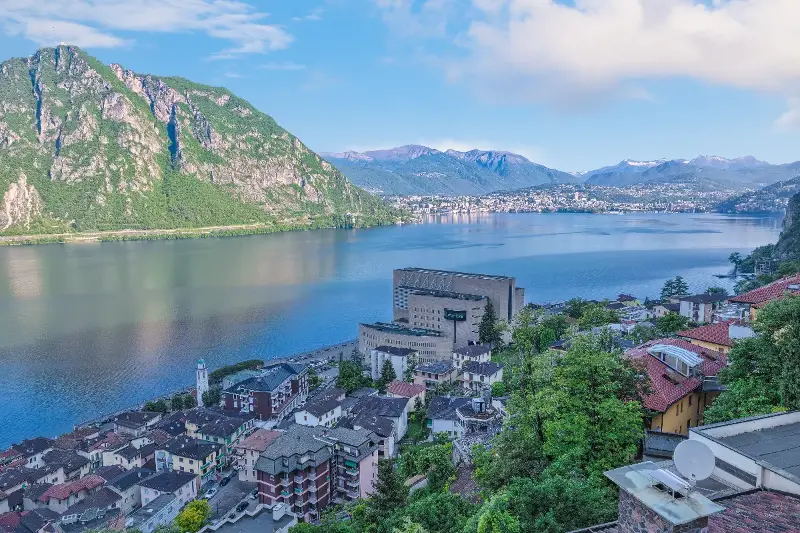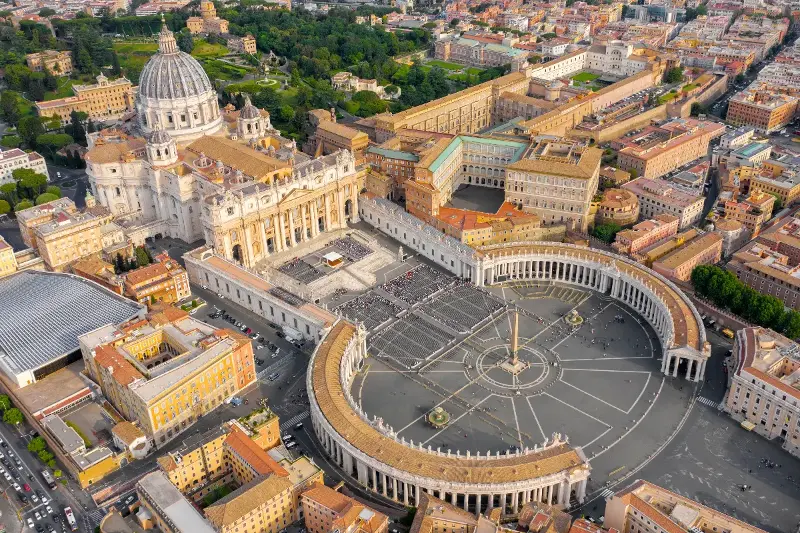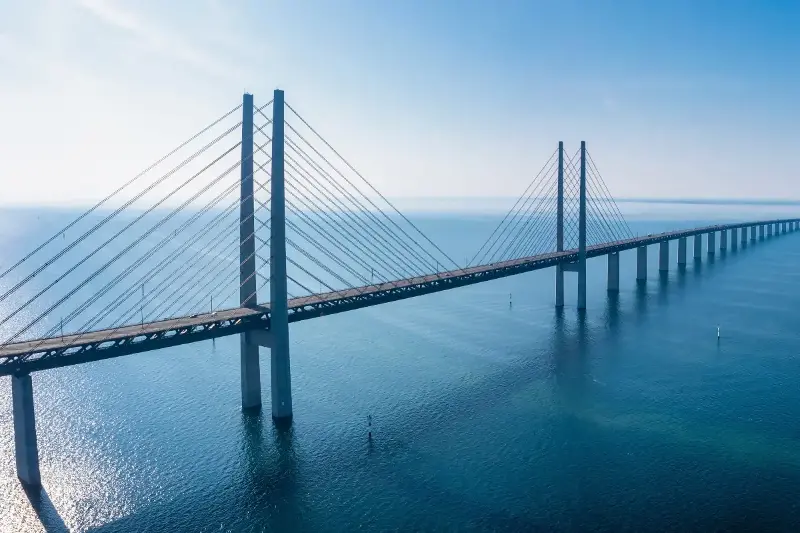Few features on our planet are as loaded with human drama and quirky backstories as the lines we draw across its surface: country borders. From panhandles snaking across deserts to exclaves marooned in foreign lands, the world’s boundaries have no shortage of surprising tales and intriguing oddities. Whether shaped by mountains, rivers, politics, or sheer accident, these borders remain some of the most fascinating lessons in geography and history. Let’s travel around the globe, discovering borders that boggle the imagination, fuel friendships, and sometimes, spark friendly rivalry.
Whimsical Shapes: Panhandles, Protrusions, and Peculiarities

Some borders seem almost to have a mind of their own. Take, for example, the “panhandle”—a thin extension jutting out from a nation’s main territory. The United States’ Oklahoma Panhandle is a classic: a curious, rectangular finger reaching west between Texas and Kansas, the result of historic land deals and statehood timing.
Africa provides another surprising example in Namibia’s Caprivi Strip: a narrow sliver over 450 kilometres long but only about 32 kilometres wide. Its existence is a relic of late-19th-century colonial negotiations, when Germany wanted access to the Zambezi River via this unlikely corridor. Today, it’s a haven for wildlife and a crossroads of cultures, connecting Namibia with Zambia, Botswana, and Angola.
Russia’s Kaliningrad, meanwhile, is an exclave—a piece of Russia separated from the main country by other nations. Sandwiched between Poland and Lithuania, Kaliningrad brims with Baltic history and is a reminder of how borders drawn after World War II still shape geopolitics today.
Enclaves and Exclaves: Islands of Territory on Dry Land

Arguably the most mind-bending borders are enclaves: portions of one country entirely surrounded by another. The India-Bangladesh border was once home to the world’s most complex patchwork—over 160 tiny enclaves and counter-enclaves, some with houses in one nation and gardens in another. In 2015, a landmark agreement simplified this jigsaw puzzle, but some border quirks remain.
Switzerland and Italy host one of Europe’s most charming enclaves: Campione d’Italia. This Italian town sits snugly within Swiss territory, using Swiss francs, phone codes, and even emergency services, but remaining proudly Italian in identity.
Baarle-Hertog and Baarle-Nassau, divided between Belgium and the Netherlands, present an enclave labyrinth with some shops split down the middle—which means you could cross a border simply by switching tables at a café!
Tiny Borders, Great Stories

Not all borders match the scale of the continents they divide. The world’s shortest international border lies between Botswana and Zambia: the Kazungula border, stretching just 150 metres across the Zambezi River. This minuscule crossing is so tight that for decades, there was confusion—and dispute—over whether the two countries even touched at all. In 2021, a gleaming new bridge was unveiled, ending the uncertainty and making neighbours even closer.
Vatican City, the smallest independent state on earth, epitomises the phrase “tiny but mighty.” Its border with Italy in Rome is merely two kilometres long, but it remains a symbolic and legal frontier, dividing church from state in the heart of one of Europe’s great capitals.
Bridges of Friendship—and Fences of Rivalry

Some borders are cheerful “bridges” rather than barriers. In Scandinavia, the Øresund Bridge links Denmark and Sweden, physically and culturally uniting the countries. Passports may need checking, but local commuters hop between Copenhagen and Malmö as easily as city boroughs.
Conversely, other borders are marked by rivalry and tension. The Korean Demilitarised Zone (DMZ), some 250 kilometres long, is a heavily fortified buffer between North and South Korea—a place where a few metres make all the difference. Yet, even here, nature has reclaimed no-man’s land, creating a haven for rare wildlife.
Why Borders Matter—And Why They Fascinate Us
Borders are more than just lines; they encapsulate centuries of history, hope, conflict, and quirky compromise. Stories of neighbours sharing daily life across invisible lines, of nations marked by riverside chats or midnight negotiations, show us both what divides and unites humanity.
The next time you look at a world map, don’t just see the countries. Notice the odd panhandles, the unexpected zigzags, and the little pockets of elsewhere. Each is an invitation to explore the endless diversity—and playful creativity—of humans shaping their world.
